By Raymond G. Hebert, Ph.D.
Thomas More University
(Sources of information for this article include: Thomas More Archives, Thomas More University Athletics Media Guide, and Michael Pagano, Co-Director, Thomas More University Sports Information)
It was in 1990, against all odds and with much trepidation, that the Thomas More College community, headed by the Board of Trustees, took a major leap to “approve the adoption of football at Thomas More College in Division III (non-scholarship).”

The inaugural game at Dixie Heights High School’s field was a victory against Kentucky Wesleyan College and, in a surprising development, a week II BYE was filled with a Homecoming game in Missoula, Montana against Division II power, the University of Montana, where TMC Head Coach Vic Clark had previously been an assistant coach responsible for the offensive line. The trip was a wonderful experience for the team members since many had never flown before, but the 62-0 loss was also a humbling experience. Several of the players later said that this defeat was an incentive to keep working harder during the undefeated year that would follow in 1991.
After recording an initial record of 3-6 in the inaugural year, the Thomas More Blue Rebels saw enough positives to hope for a turnaround year in 1991. What then happened, surprising everyone except the players themselves, would be an undefeated season with Quarterback John Paul Case, now experienced, and a powerful trio of running backs (Ryan Reynolds, Derrick Jett, and Bryan Shepherd) as the team leaders. As the season went on, they would become known as the “Lethal Weapon III” backfield.
How could they somehow manage an undefeated season in only the second year of their existence?
It all started with Head Coach Vic Clark, who “was not a stranger to success.” As noted in the annual Media Guides, he had a long and distinguished coaching experience as a high school coach, first in Illinois (Pekin High School) and in Kentucky (Grayson County and Campbellsville High School). Then in the 1980s, he was offensive line coach at Division II University of Montana in Missoula, MT, where his 1986 team “finished second in the nation in passing yardage per game with 312.2 yards.” He then developed valuable Division I experience as offensive coordinator and assistant head coach at Morehead State University in Morehead, Kentucky, before coming to Thomas More College in 1990 as the coach and athletic director, being asked to begin a new program from scratch. As an example of the respect he commanded in the coaching ranks, he was welcomed on the Greater Cincinnati National Football Foundation Board of Trustees in 1992, only his second year in the area.
Second, the Blue Rebels were strong at the “skills” positions on offense. John Paul Case’s passing completion percentage was .548 for 985 yards including 6 touchdowns. Case also did double duty as the punter. The powerful running tandem mentioned earlier combined for 908 total yards and 18 touchdowns for Jett, 843 total yards with 6 touchdowns for Shepherd, and 769 total yards and 8 touchdowns for Reynolds. Impressively, they averaged respectively: 90.8 yards per game, 84.3 yards per game, and 85.4 yards per game (about 5 yards per carry each).

Even more impressive because of Reynolds and Shepherd as kick off and punt returners, the all-purpose yards showed the additional versatility of this cohort: Reynolds with 1,358 total yards, Shepherd with 1,311 total yards, and Jett with 939 total yards. Together, the average was an outstanding 375.9 yards per game. A defense might stop one or the other in individual games but never all three. The total between them was close to 3,000 rushing yards with 33 rushing touchdowns (to 6 passing touchdowns) for the year. The talented wide receivers who also made for a constant threat included Todd Naumann and Greg Stofko, who both averaged just short of 13 yards per catch. On defense, there were 12 interceptions with 6 by Chris Haliburton and 2 each by Kyle Niederman, Steve Hoffman, and Don Bieger with Haliburton and Neiderman earning spots on the All AMC First Team Defense. Others on that side of the ball included defensive linemen Joe Shriver and Andy Folzenlogen; linebackers Mike Woolf and Brandon Gifford; and the versatile John Paul Case as the punter/place kicker. On the All AMC First Team Offense, besides the three already mentioned (Stofko, Jett, and Case), there were three highly rated offensive linemen: Brian McLoud, Mike Flesch, and Scott Steiner.
What must be kept in mind when celebrating the successes of these talented players who received first team conference honors is that they were granted to players who were either sophomores or even freshmen (Jett and Haliburton, for example) who competed largely against upperclassmen. Not surprisingly, as well, in that memorable year, Coach Clark was recognized as the AMC Coach of the Year for 1991. As described as a conclusion in the 1992 Media Guide:
“1991 marked the emergence of the ‘Lethal Weapon III’ backfield of Shepherd, Reynolds, and Jett. Defensively, the team was led by Mike Woolf, with a total of 143 tackles. Vic Clark’s Blue Rebels showed great fortitude and character, coming from behind to win 3 of the last 4 weeks, capturing the Bridge Bowl trophy, the Association of Mideast Colleges (AMC) Championship, and going 10-0 in just its sophomore season.”

What cannot be fully grasped by statistics is that the two hotly contested rival games (both in November) were come from behind wins by one point: 19-18 at home, on 11/9/91 against Mount St. Joseph College (winning the Bridge Bowl trophy for TMC) and 17-16 on the road in a hostile environment against AMC opponent, Defiance College. The final game, on the road against Tennessee Wesleyan College on 11/23/91 was then an anti-climatic victory 28-13 to solidify the 10-0 undefeated season.
One final recognition career-wise for several of those players who later graduated in 1993 was an All-American status for one or more years:
1. Mike Woolf – 2nd Team with “Champion USA” NCAA in both 1992 and 1993 (as a linebacker);
2. Joe Shriver – 3rd Team in 1992 and 2nd Team in 1993 with “Champion USA” NCAA (as a defensive end);
3. Mike Flesch – 1st Team “Football Gazette” NCAA and 2nd Team “Champion USA” NCAA in 1993 (as an offensive lineman);
4. Ryan Reynolds – 3rd Team with “Champion USA” NCAA in a 1992 breakout year (as a running back/kick returner).
It is said that dreams are at times fulfilled in the strangest of ways in the most unlikely of places. At Thomas More College in 1989–1990, there was a deep reluctance in some parts of the Northern Kentucky community and even on campus at Thomas More College to begin a football program despite Greater Cincinnati’s deep affection for high school football on both sides of the Ohio River. The low point of the inaugural 1990 football season, with its 3-6 record, was a 62-0 defeat to Division II University of Montana. While it was understandable and not unexpected, it can be said that for some that stinging defeat then became an incentive to players humbled in the mountains of Montana to never allow something like that to ever happen again. This team then came together, with overwhelming odds and great momentum, in only the second year of its existence to finish the 1991 season 10-0, thus completing their dream year as a Thomas More College “dream team.”
Dr. Raymond G. Hebert is Professor of History and Executive Director of the William T. Robinson III Institute for Religious Liberty at Thomas More University. He is the leading author of Thomas More University at 100: Purpose, People, and Pathways to Student Success (2023). The book can be purchased by contacting the Thomas More University Bookstore at 859-344-3335. Dr. Hebert can be contacted at hebertr@thomasmore.edu.
We want to learn more about the history of your business, church, city, organization, or school. Our Rich History is a proud founder and partner of the ORVILLE (Ohio River Valley Innovation Library and Learning Engagement) Project, accepting articles about the history of innovation in the Ohio River Valley Watershed (including its tributaries). These principally include but are not limited to: Cincinnati (OH) and Northern Kentucky; Ashland, Lexington, Louisville, Maysville, Owensboro and Paducah (KY); Columbus, Dayton, Marietta, Portsmouth, and Steubenville (OH); Evansville, Madison and Indianapolis (IN), Pittsburgh (PA), Charleston, Huntington and Wheeling (WV), Cairo (IL), and Chattanooga, Knoxville, and Nashville (TN). If you would like to share your rich history with others, please contact the editor of “Our Rich History,” Paul A. Tenkotte, at tenkottep@nku.edu.



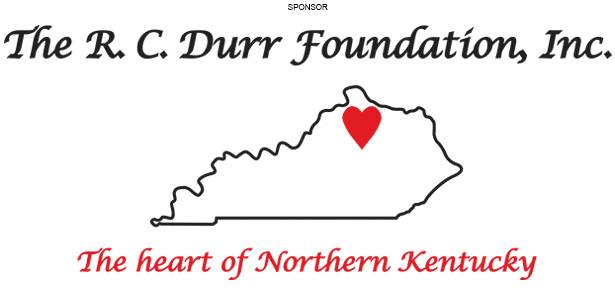



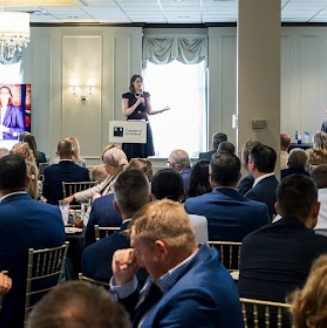
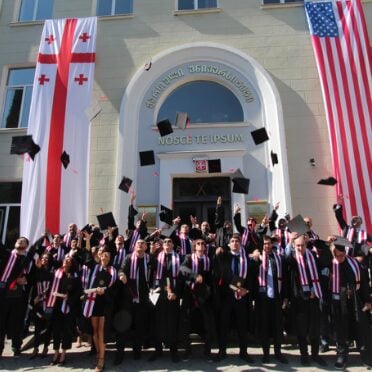
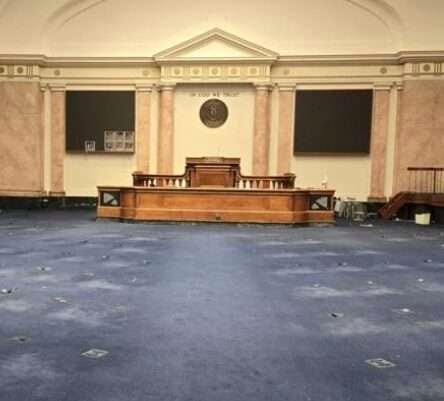


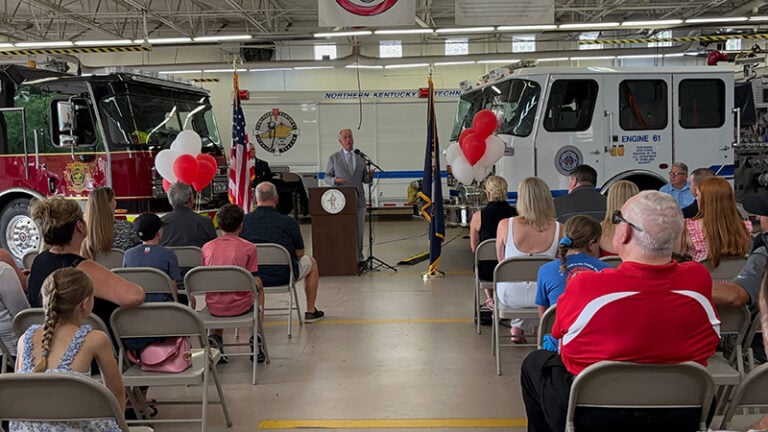

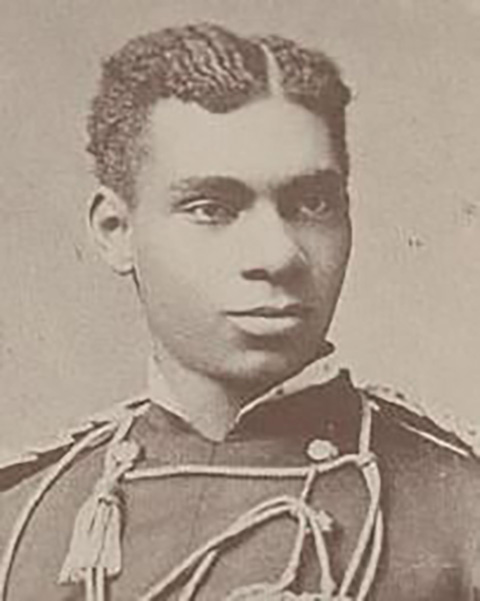

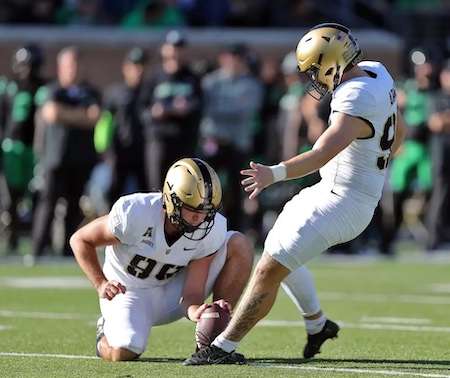

Thanks for the article. I attended a few early games, my nephew Kyle Niederman played then. He’s now head coach at Lloyd Memorial.